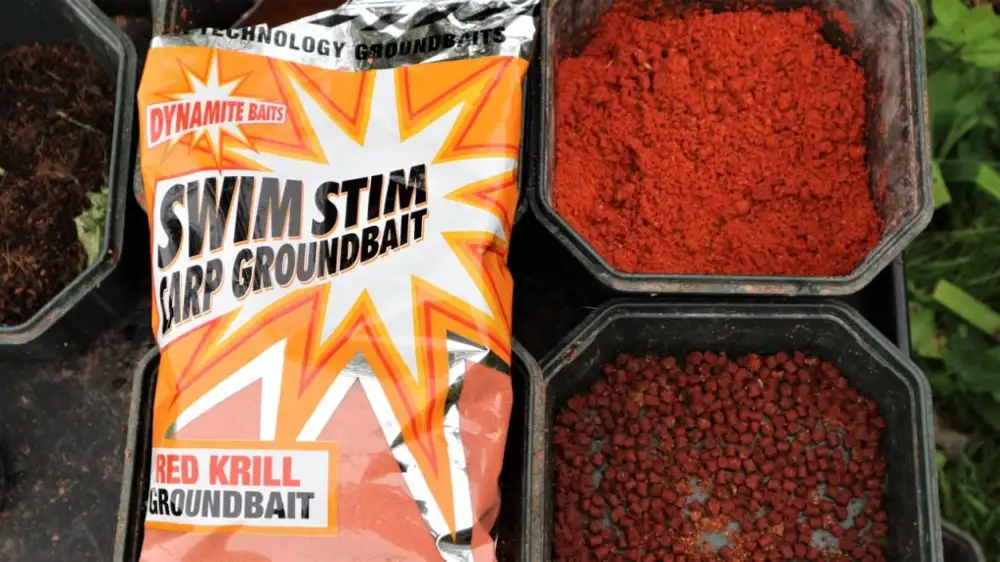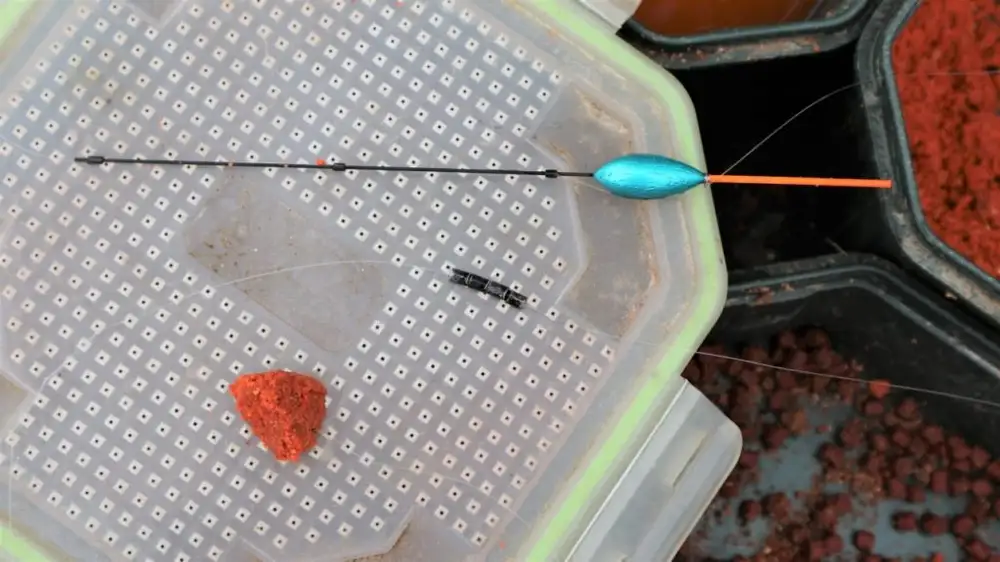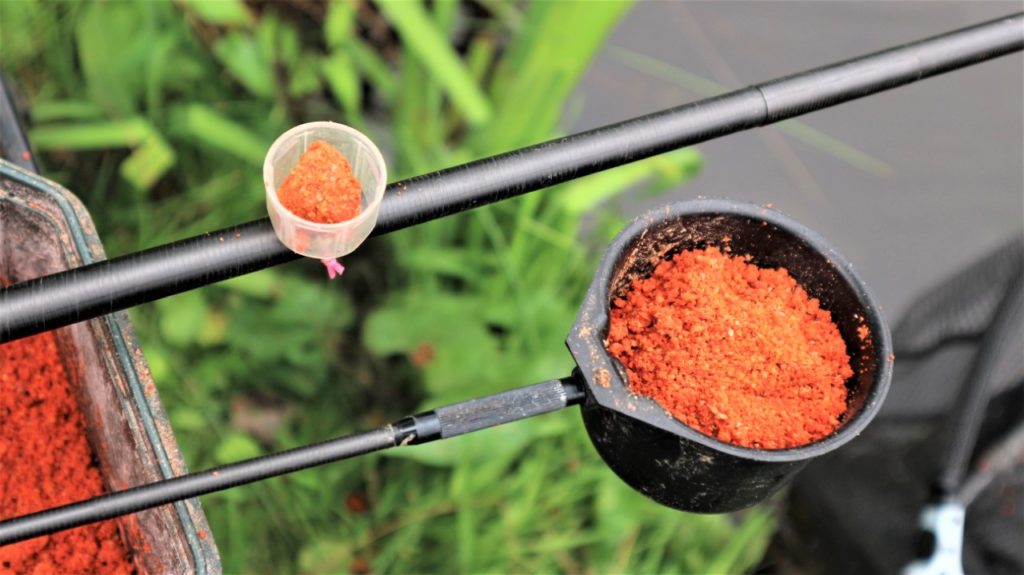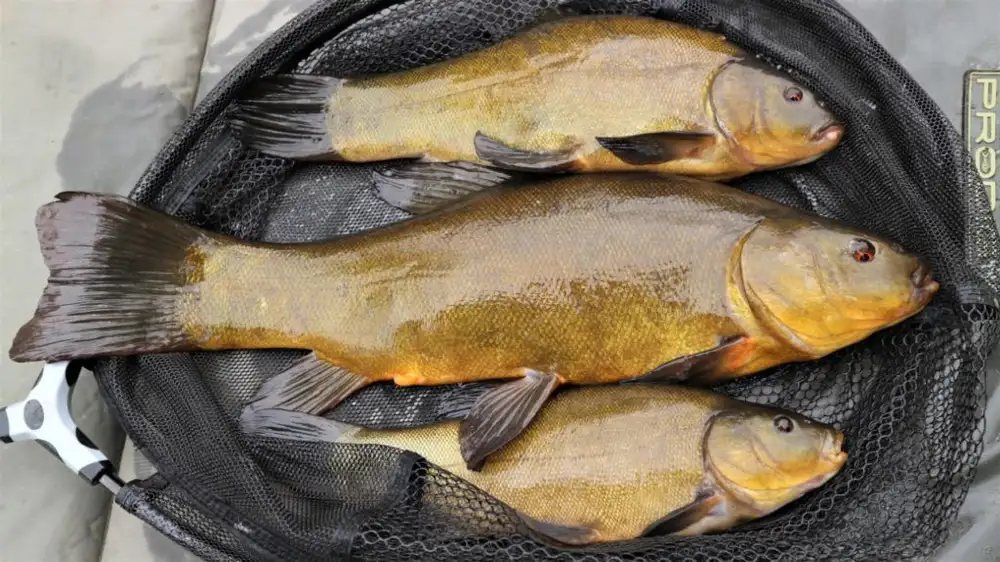This is a demo store. No orders will be fulfilled.
Dave Coster's How To- Catch Autumn Tench


Tench tend to patrol deeper margins as the water turns a bit colder, so an ideal way of presenting a hook bait with pinpoint accuracy is with a strong margin pole, although a long float rod will do a similar good job. A basic rig works best: a pole float with a long sight tip and bulked weights set 14inches above a big number 10 or 12 hook, using strong 0.16mm or 0.18mm trace line. The only bait that needs to go on the hook is paste made from groundbait, which in this case is red krill. The groundbait needs to be roughly wetted and stirred, deliberately making it a bit lumpy.

The reason a margin pole can be so effective is you can cup in loose groundbait and a few pellets inch perfectly, then drop a good helping of similar paste right over the top. It’s a good idea to fit a small paste pot to your pole, set back a fair way from the tip, so soft paste can be shipped out well clear of the water before being tipped out and accurately dropped over your feed area. When fishing paste for tench, you don’t need to put a lot of bait in, maybe a couple of good helpings of soft groundbait and just a smattering of similar colour and flavour pellets to get the fish interested.

Many of the venues tench inhabit are full of nuisance rudd, but when using such big hook baits and bulked shot, you normally only get troubled for a few minutes, just after feeding the swim. Eventually the small fish lose interest and drift off, so give it a good hour before feeding again. If you are using a rod and reel set up, it’s okay to feed groundbait by hand, but you will need to mix it stiffer and ball it in. By having your pole float rig set at exact depth the big dollop of soft paste on your hook will pull the float’s tip down slightly, so if the bait comes adrift, the float will let you know by rising up.